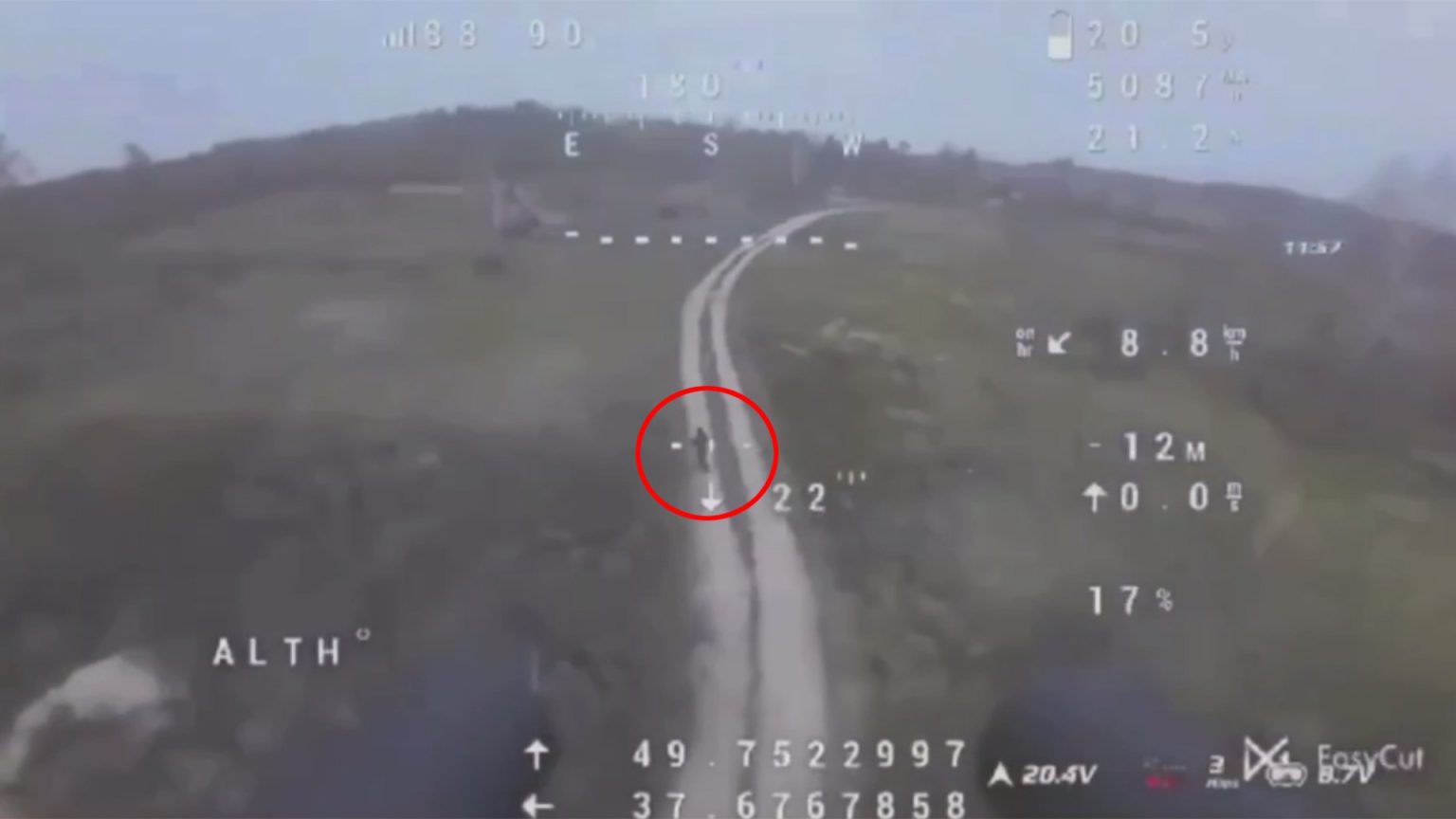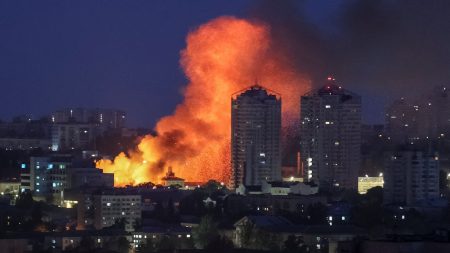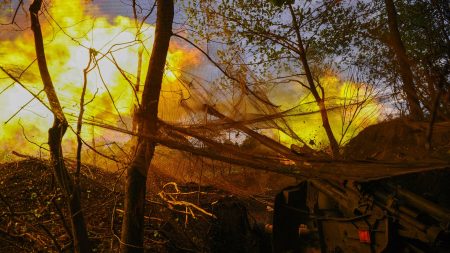The ongoing conflict between Russia and Ukraine continues to showcase the innovative and often brutal deployment of technology, particularly the use of drones. A recently surfaced video depicts a dramatic encounter in the Kharkiv region of Ukraine, where a Ukrainian-operated first-person view (FPV) drone demonstrates unprecedented versatility by neutralizing both aerial and ground targets. This marks the first documented instance of this type of drone being employed against enemy infantry. The footage captures the drone effortlessly downing three Russian unmanned aerial vehicles (UAVs) with a seemingly integrated shotgun, requiring minimal maneuvering to eliminate each target with a single shot.
The encounter escalates further as the Ukrainian drone shifts its focus to a Russian soldier on the ground. After incapacitating the soldier with a gunshot from the air, the drone delivers a fatal blow with a grenade, resulting in a swift and decisive elimination. This rapid shift from aerial combat to ground attack highlights the evolving nature of drone warfare and the increasing integration of multiple functionalities into these platforms. The incident has been corroborated by Ukrainian military journalist Andriy Tsaplienko, who described the drone’s actions as a sequence of shotgun blasts against the Russian UAVs, followed by a shotgun shot and a grenade attack on the soldier.
While the exact type of drone used in this attack remains unidentified, it underscores the rapid development and deployment of new technologies in the Ukraine-Russia conflict. This particular incident echoes earlier reports of Ukrainian-made “Winchester” drones equipped with shotguns to counter Russian aerial threats. These reports suggest a growing trend of adapting readily available weaponry to drone platforms for cost-effective defense against enemy drones, including those operating via fibre optic cables. The success of these shotgun-armed drones indicates their effectiveness in neutralizing various types of UAVs.
The innovative use of drones extends beyond aerial combat. Ukraine has also pioneered the use of missile-firing FPV marine drones, which have successfully targeted and destroyed Russian military helicopters. These maritime drones possess the added capability of launching airborne drones, further expanding their offensive potential. This multi-layered drone strategy demonstrates Ukraine’s adaptability and resourcefulness in leveraging technology to counteract Russian military assets.
Beyond the technological aspects, the conflict has also revealed disturbing accounts of human exploitation. Reports indicate that North Korean soldiers are being deployed by Russian forces as de facto “human mine detectors,” forced to traverse heavily mined areas ahead of other troops. This callous tactic, described by Lieutenant Colonel “Leopard” as a “meat grinder” strategy, demonstrates a disregard for human life, with commanders seemingly unconcerned by the inevitable casualties. The practice involves sending soldiers in single file through minefields, accepting the loss of those who trigger explosives while the remaining troops continue their advance.
This grim account is further substantiated by battlefield observations and recovered documentation. Eyewitness accounts from Ukrainian soldiers describe witnessing groups of suspected North Korean fighters being sent towards enemy lines in Kursk, effectively serving as live targets for Ukrainian mortars and machine guns. Furthermore, a diary discovered on a deceased North Korean soldier sheds light on the indoctrination and sacrificial mindset instilled in these troops, suggesting a calculated acceptance of death in service of their mission. These combined reports paint a disturbing picture of human exploitation and the brutal realities of the ongoing conflict. The use of North Korean soldiers in this manner highlights the complex geopolitical dimensions of the war and the diverse range of actors involved.











